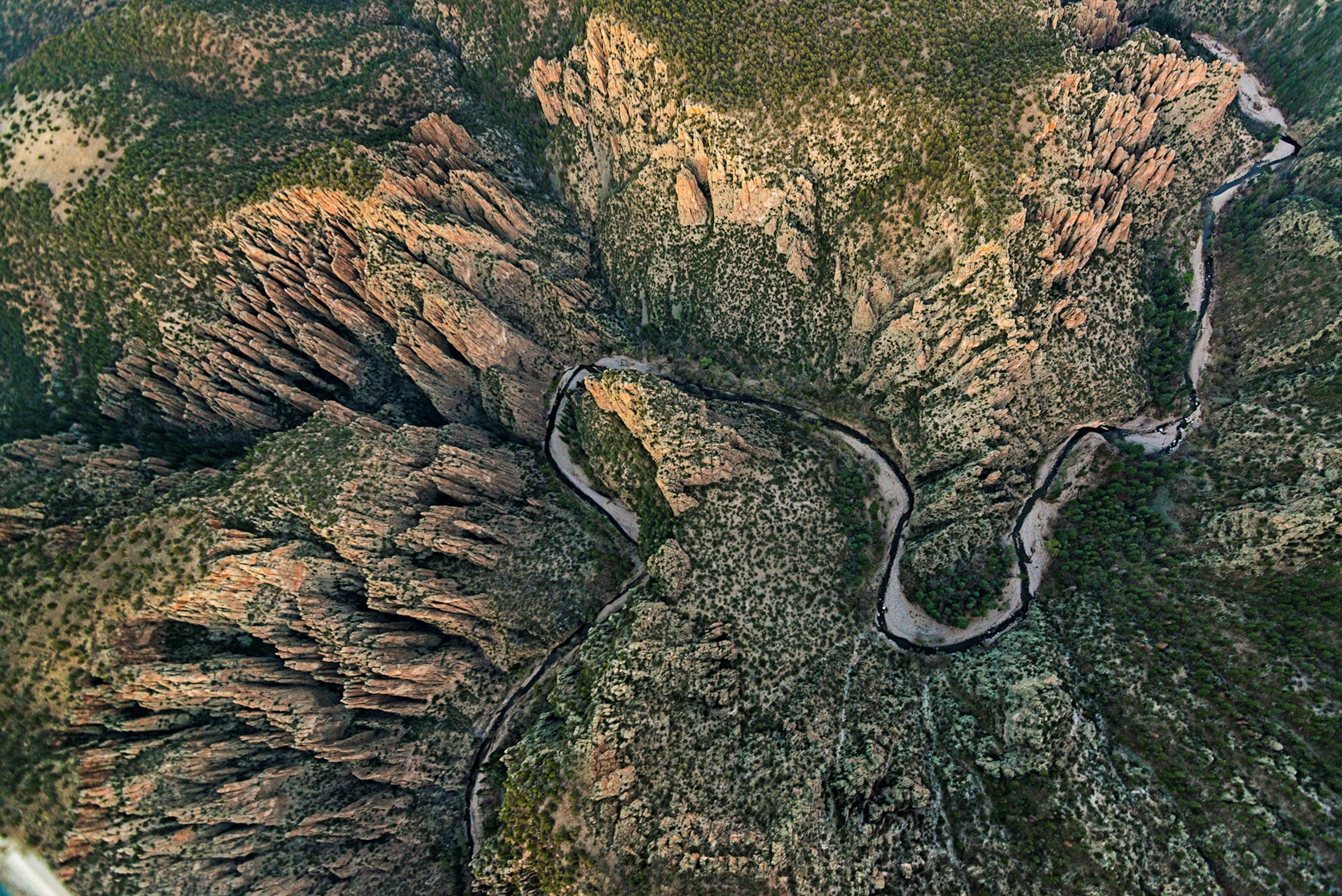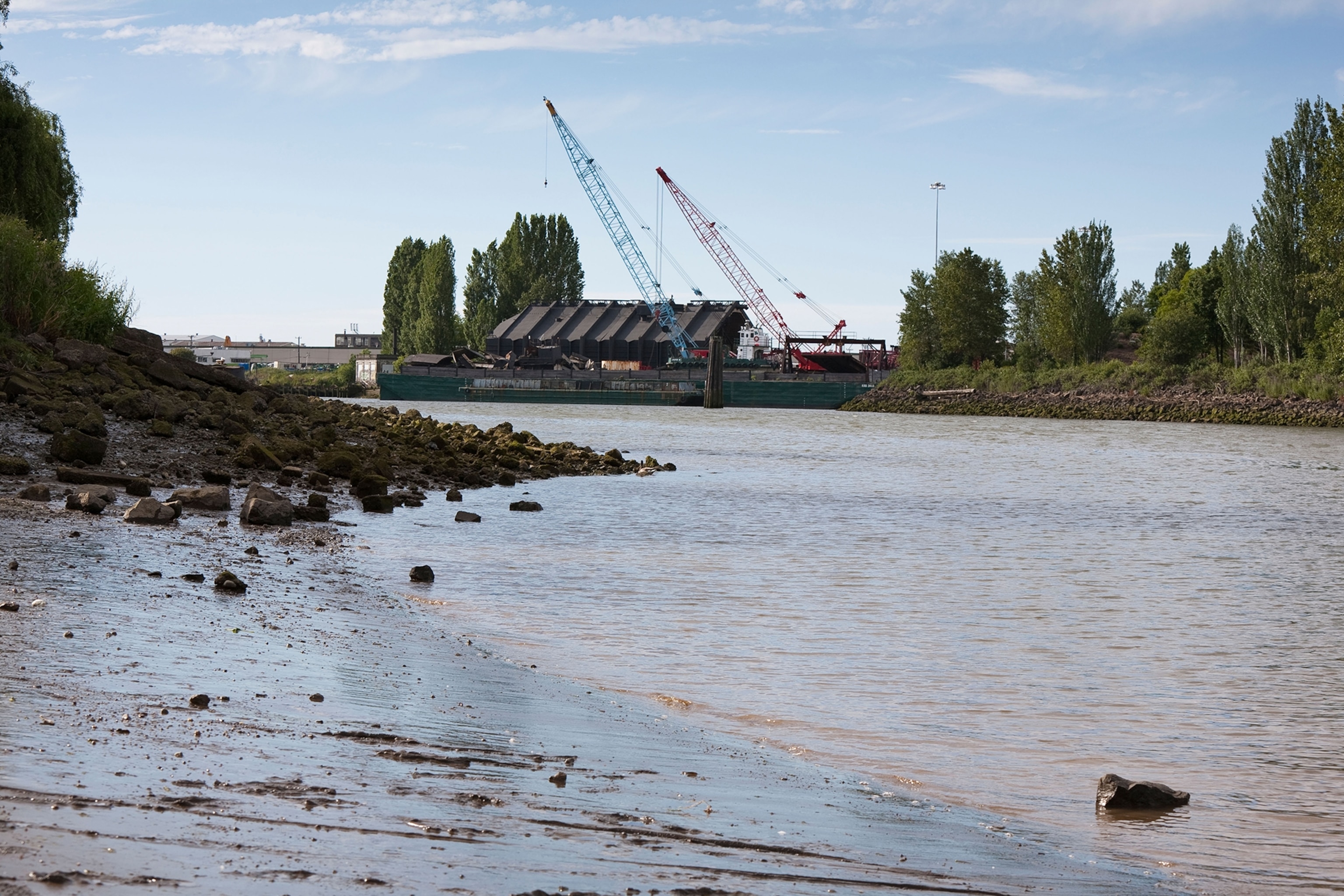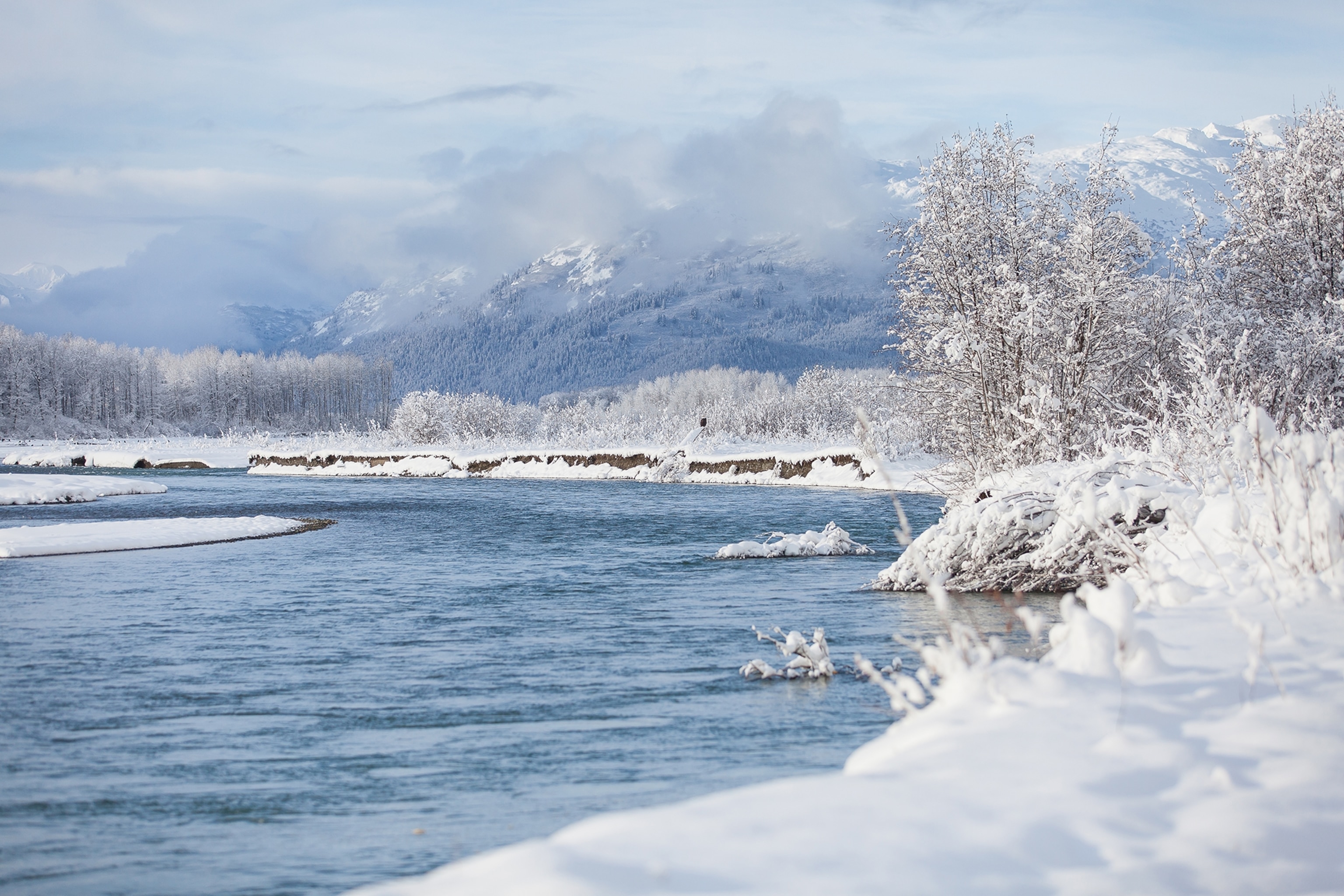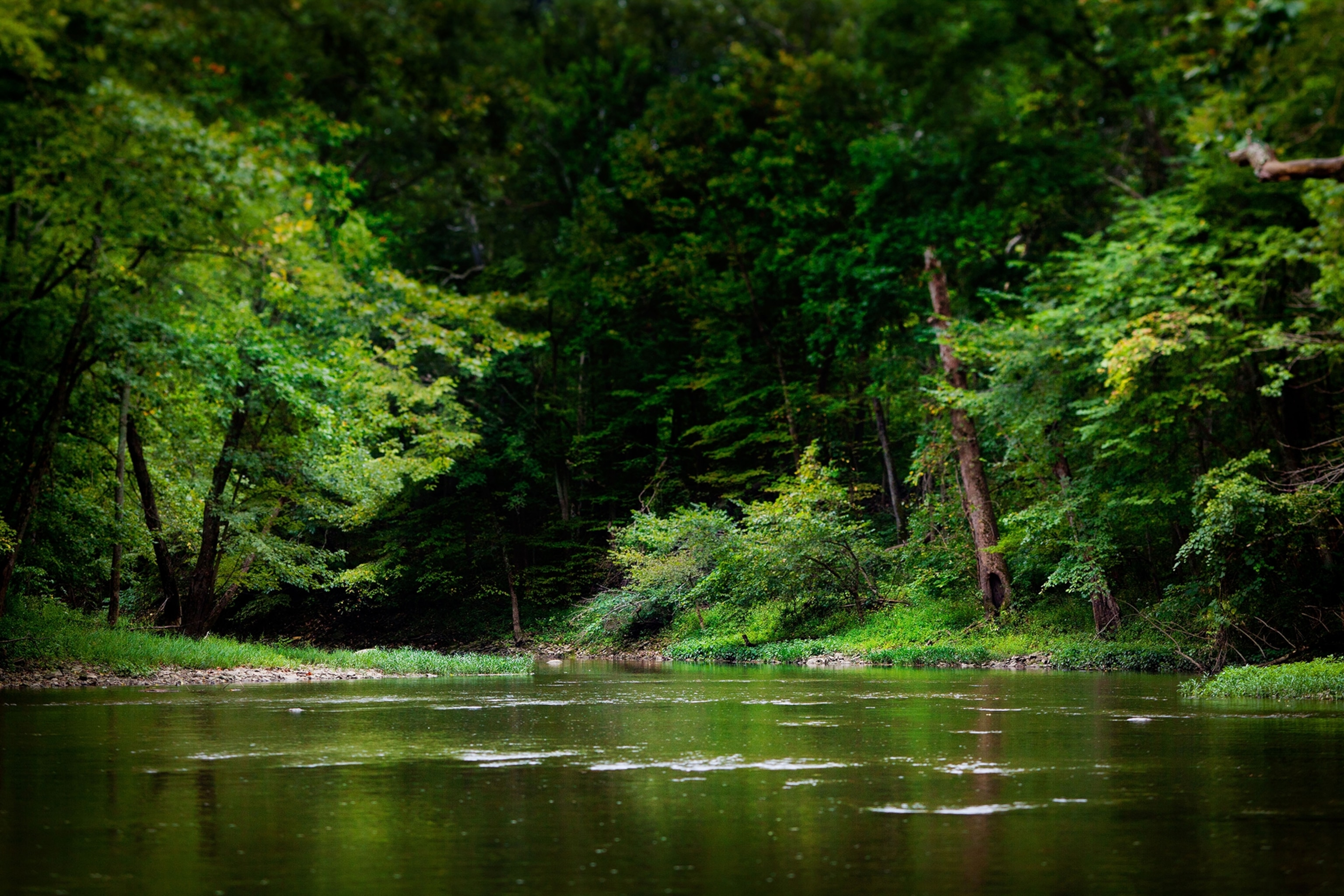These are the most endangered U.S. rivers
A new report breaks down ten American rivers that are most at risk in 2019.
These ten U.S. rivers are particularly endangered, according to a new report from the conservation group American Rivers.
For the past 34 years, the organization has advocated to protect major rivers from threats like dam construction, pollution, and climate change. This year, New Mexico's Gila River (pronounced hee-la) was chosen as the most endangered. The river is negatively impacted by diminishing snow pack and advocates say plans to divert significant portions of the river would exacerbate climate change impacts.
“It will be significantly damaged in the near future unless action is taken,” says Chris Williams, the senior vice president of communication at American Rivers.
Why the Gila?
The Gila is one of New Mexico's most treasured rivers. It's ancient, having been a source of freshwater for indigenous people for more than a thousand years. It's the namesake of the Gila minnow and the Gila monster (a venom-packing lizard), and the river itself supports a number of endangered species.
It's hailed as one of the nation's last “wild” rivers—allowed to flow undeterred by human-made structures. To the New Mexicans ardently trying to protect it, the Gila River is both a scenic natural sanctuary and a historic water source.
“The community has a cultural and spiritual connection to the river,” says lawyer Don Pongrace, from Akin Gump Strauss Hauer & Feld LLP. Pongrace has represented the federally recognized Gila Indian River Community on water issues since 1997.
The diversion planned for New Mexico, Pongrace says, would significantly impact water availability for native Gila communities downstream in Arizona.
On April 12, New Mexico's Governor Michelle Lujan Grisham vetoed funding for the river diversion, but Williams says American Rivers maintains their stance on listing the Gila River as America's most endangered because special interests are still advocating to divert river water away from upstream channels.
More than $66 million dollars from the U.S. Bureau of Reclamation is motivating the fight for control over the river's future. In 2004, Congress passed the Arizona Water Settlement Act, which officially authorized the New Mexico Unit of the Central Arizona Project (CAP) to divert water from the upper Gila River. To receive their funding in full, New Mexico CAP must get approval from the Interior Department by this year.
What purpose does this list serve?
The timeliness of the 2019 deadline is partially why American Rivers included the Gila on their list.
“[The list] is really aimed at rivers that the public can do something about,” says Williams.
Climate change, he notes, is something they also want the public to be aware of. Along with the Gila, they credit changing climate conditions for endangering the Hudson River in New York and the Upper Mississippi, which flows through Illinois, Iowa, and Missouri.
As an example of how the public can be successful, the organization is designating Ohio's Cuyahoga River as the “River of the Year.”















